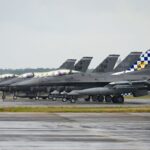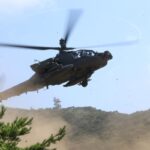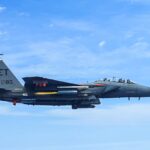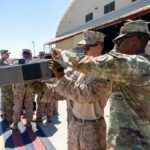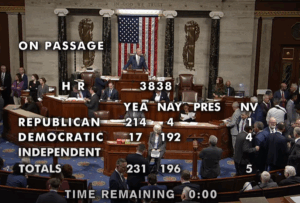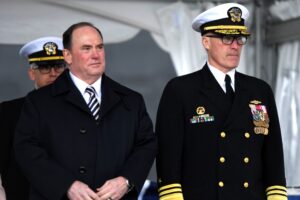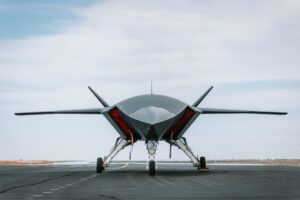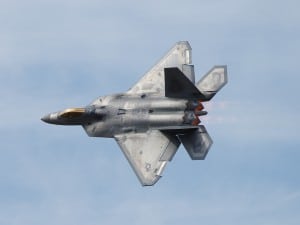
Outgoing Air Force Chief of Staff Gen. Mark Welsh endorses the service studying the financial feasibility of re-starting the F-22 production line because of the aircraft’s “remarkable” potential.“We’re using it in new and different ways, it’s been a spectacular success,” Welsh told an audience at an Air Force Association (AFA) event in Arlington, Va. “Going back and looking, including raising the idea of ‘can you build more,’ is not a crazy idea.”Welsh said the Air Force is currently performing such…

